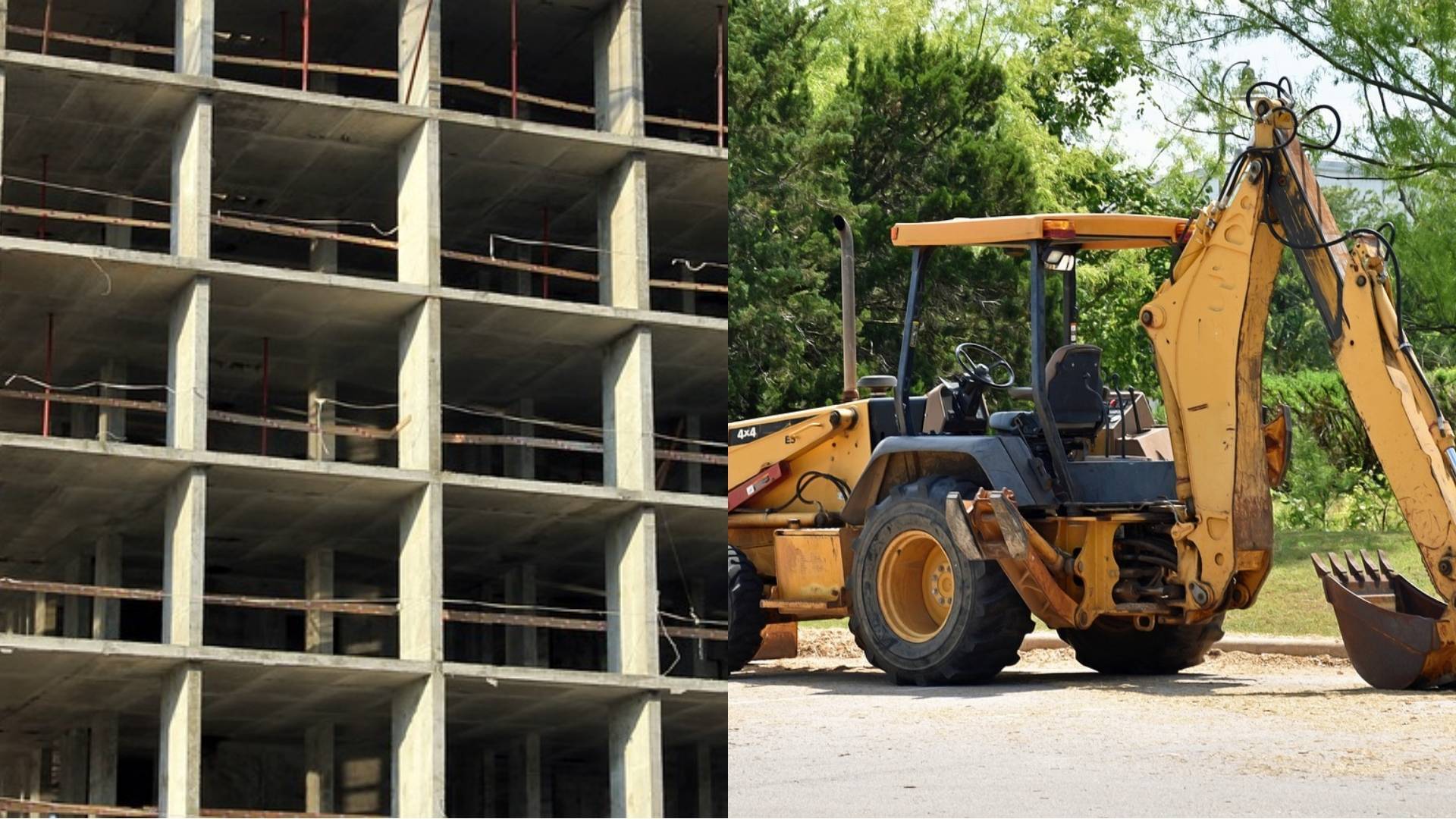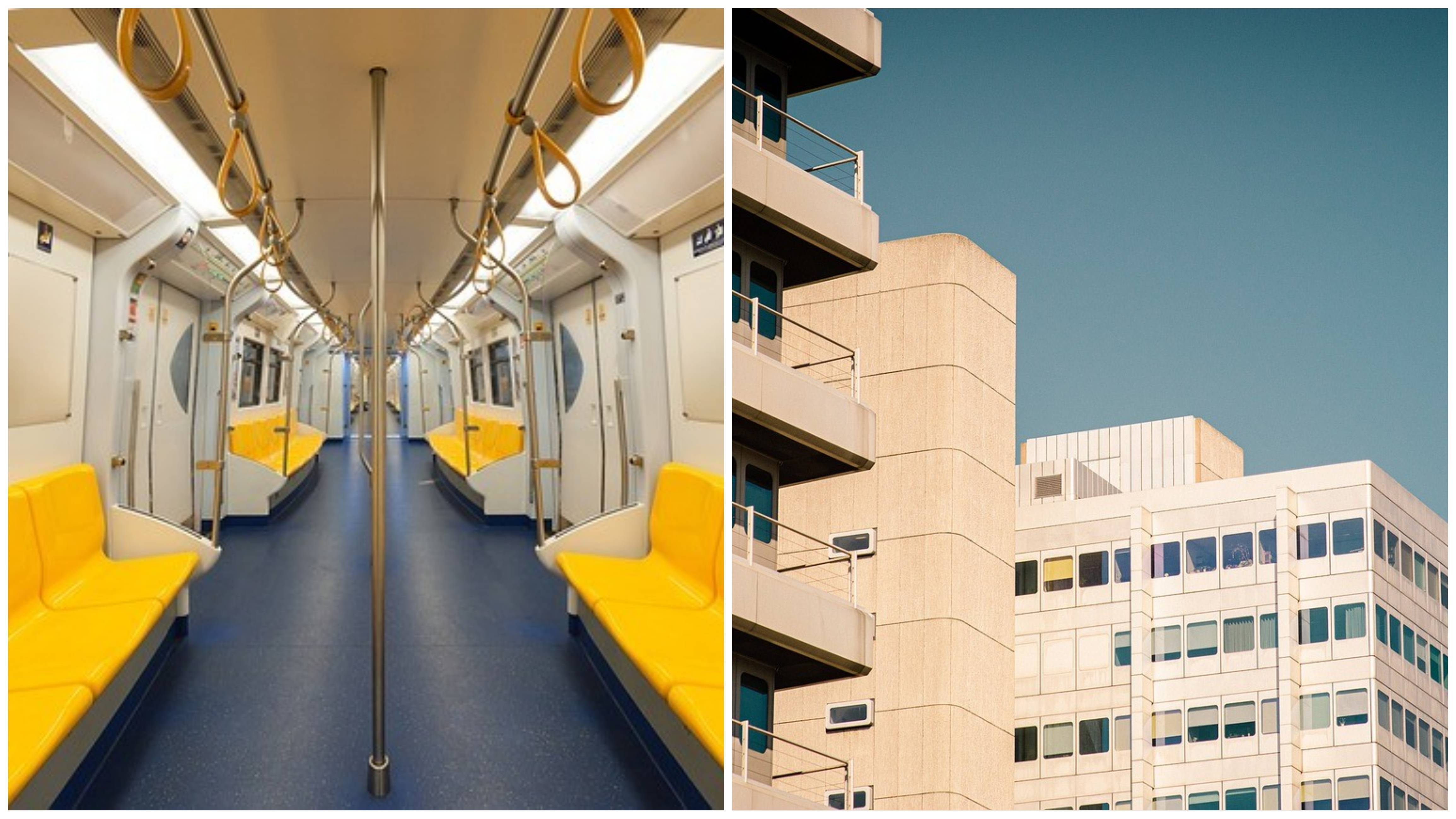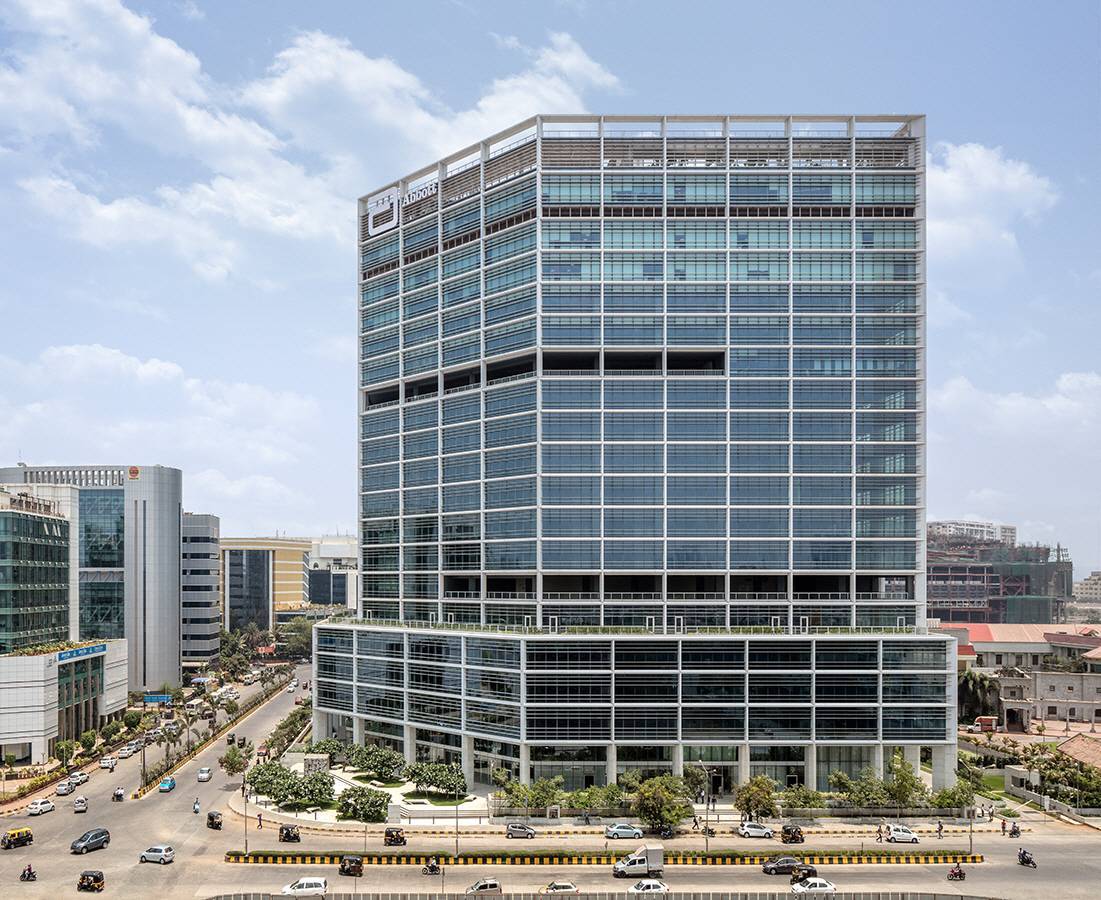The Kalyan-Dombivli Municipal Corporation (KDMC) has decided to demolish a 10-floor building constructed illegally in the region. This move highlights the challenges of enforcing urban regulations and maintaining safety standards in rapidly developing areas. This article examines the background of the illegal building, the implications of the demolition, and the broader context of illegal construction in Indian cities.
Background of the Illegal Building
The building in question, located in a densely populated part of Kalyan-Dombivli, was constructed without obtaining the necessary approvals from municipal authorities. Despite several warnings and notices issued by the KDMC, the construction proceeded, raising concerns about compliance with safety codes and urban planning regulations.
Local residents had voiced concerns over the building's legality and potential risks. Issues such as overcrowding, inadequate infrastructure, and violations of safety norms were major concerns. The continued construction of the building, despite these warnings, led to significant public outcry and increased pressure on the KDMC to act.
Regulatory Actions
The KDMC's decision to demolish the building follows repeated attempts to address the issue through regulatory means. Notices were issued to the developers, demanding compliance with legal and safety standards. However, these were reportedly ignored, leading the KDMC to escalate the matter to demolition.
This action underscores the KDMC's commitment to enforcing urban planning regulations and addressing illegal constructions. The decision serves as a warning to other developers about the consequences of not adhering to municipal guidelines and regulations.
Implications for Residents and Infrastructure
The demolition of the 10-floor building will have several immediate and long-term implications. Residents of the building will face displacement and disruption. The KDMC has indicated that it will assist these residents by providing temporary accommodation and compensation for relocation.
The demolition process itself will require careful planning to minimize risks to nearby properties and residents. Managing waste and debris will also be crucial to prevent environmental and health hazards. The KDMC will need to ensure that the demolition is carried out safely and efficiently.
For the local community, this action may prompt a reevaluation of urban development practices. It highlights the need for stricter enforcement of building regulations and better oversight of construction activities. The incident may also lead to increased scrutiny of other potential illegal constructions in the area.
Broader Context of Illegal Construction
The Kalyan-Dombivli case reflects a broader issue of illegal construction prevalent in many urban areas across India. Unauthorized buildings often arise due to inadequate regulatory oversight, corruption, and the pressures of rapid urbanization. These structures can pose significant risks to public safety and undermine urban planning efforts.
Managing illegal construction is challenging due to the fast pace of urban growth and the demand for new developments. Municipal bodies nationwide are struggling with similar issues, facing difficulties in enforcing regulations and addressing violations effectively.
Policy and Regulatory Recommendations
To better manage illegal construction, several measures could be considered. Strengthening regulatory frameworks and improving enforcement mechanisms are essential. Enhanced coordination between municipal authorities and other regulatory bodies can help address violations more effectively.
Public awareness and community involvement are also critical. Encouraging residents to report illegal constructions and increasing transparency in the approval process can aid in preventing unauthorized developments. Implementing stringent penalties for violations can further deter illegal construction practices.
Way Forward
The KDMC's decision to demolish the 10-floor illegal building is a significant step toward upholding urban planning standards and addressing unauthorized construction. While the immediate impact includes displacement of residents and logistical challenges in the demolition process, the broader message is clear: adherence to building regulations and safety standards is crucial for sustainable urban development. This case serves as a reminder of the ongoing challenges in managing urban growth and the importance of effective regulatory enforcement.









